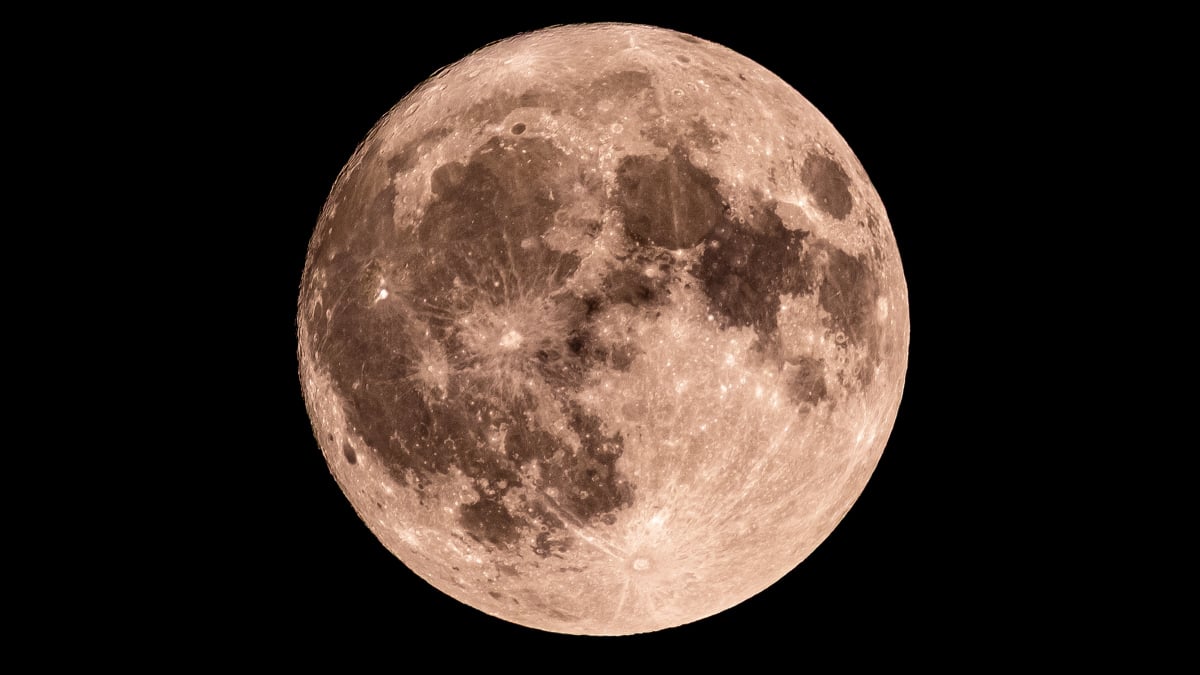Interested in why the moon looks like it does tonight? Wonder no more, here’s what you need to know about tonight’s moon, as it moves through the lunar cycle.
The lunar cycle is a series of eight unique phases of the moon’s visibility. The whole cycle takes about 29.5 days, according to NASA, and these different phases happen as the Sun lights up different parts of the moon whilst it orbits Earth.
See what’s happening tonight, July 14.
What is today’s moon phase?
As of Monday, July 14, the moon phase is still in Waning Gibbous. The moon is still mostly lit up, even days after the full moon. Tonight it will be 85% visible to us, NASA’s Daily Moon Observation tells us.
It’s day 19 of the lunar cycle, and here’s what you’ll be able to see when you look up. Without any visual aids, enjoy sights of the Aristarchus Plateau, the Copernicus Crater, and the Mare Serenitatis. With binoculars, you’ll also spot the Clavius Crater, Alphonsus Crater, and the Mare Nectaris.
With a telescope, you’ll see all this and more, including the Apollo 12 and 16. The rocks collected during the Apollo 16 mission are some of the oldest brought back from the Moon, according to NASA.
When is the next full moon?
The next full moon will be on August 9. The last full moon was on July 10.
Mashable Light Speed
What are moon phases?
Moon phases are part of a 29.5-day lunar cycle, NASA tells us, caused by the angles between the sun, moon, and Earth. Moon phases are how the moon looks from Earth as it goes around us. We always see the same side of the moon, but how much of it is lit up by the Sun changes depending on where it is in its orbit. So, sometimes it looks full, sometimes half, and sometimes not there at all. There are eight main moon phases, and they follow a repeating cycle:
New Moon – The moon is between Earth and the sun, so the side we see is dark (in other words, it’s invisible to the eye).
Waxing Crescent – A small sliver of light appears on the right side (Northern Hemisphere).
First Quarter – Half of the moon is lit on the right side. It looks like a half-moon.
Waxing Gibbous – More than half is lit up, but it’s not quite full yet.
Full Moon – The whole face of the moon is illuminated and fully visible.
Waning Gibbous – The moon starts losing light on the right side.
Last Quarter (or Third Quarter) – Another half-moon, but now the left side is lit.
Waning Crescent – A thin sliver of light remains on the left side before going dark again.
